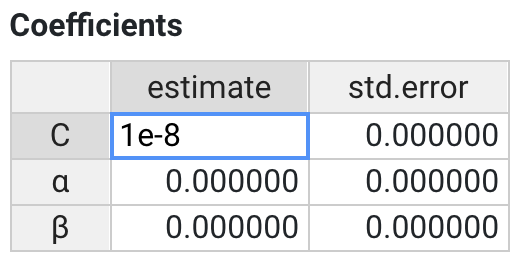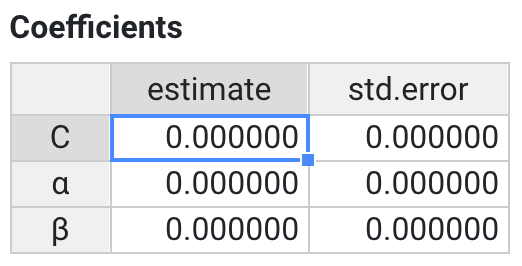Biodose Tools (Hernández et al. 2023) is an open source project that aims to be a tool to perform all different tests and calculations needed by biological dosimetry laboratories. The app is developed using the R programming language and Shiny as a framework to offer an online, easy-to-use solution. Although the intention is to provide the application as a website, all R routines are available as an R package, which can be downloaded for improvement or personal use.
We also aim to clarify and explain the tests used and to propose those considered most appropriate. Each laboratory in its routine work should choose the most suitable method, but the project aims to reach a consensus that will help us in case of mutual assistance or intercomparisons.
The project is initially developed by RENEB association, but contributions are always welcome.
You can install the released version of {biodosetools} from CRAN with:
install.packages("biodosetools")Or install the development version from GitHub with:
devtools::install_github("biodosetools-team/biodosetools")To run the Biodose Tools app locally, we can run the following command on the R console, which will invoke the Shiny user interface:
library(biodosetools)
run_app()Detailed examples using {biodosetools}’s Shiny user interface as well as its R API to perform dose-effect fitting and dose estimation for the dicentric and translocation assays are available on https://biodosetools-team.github.io/documentation/ in the “Using Biodose Tools” chapters.
If you use data, results or conclusion from this work, please cite:
Hernández, A., Endesfelder, D., Einbeck, J., Puig, P., Benadjaoud, M. A., Higueras, M., Ainsbury, E., Gruel, G., Oestreicher, U., Barrios, L., & Barquinero, J. F. (2023). Biodose Tools: an R shiny application for biological dosimetry. International Journal of Radiation Biology, 1-13. https://doi.org/10.1080/09553002.2023.2176564
A BibTeX entry for LaTeX users is:
@article{BiodoseTools2023,
author = {Alfredo Hern{'{a}}ndez and David Endesfelder and Jochen Einbeck and Pedro Puig and Mohamed Amine Benadjaoud and Manuel Higueras and Elizabeth Ainsbury and Ga{"{e}}tan Gruel and Ursula Oestreicher and Leonardo Barrios and Joan Francesc Barquinero},
title = {{Biodose Tools: an R shiny application for biological dosimetry}},
journal = {International Journal of Radiation Biology},
pages = {1-13},
year = {2023},
publisher = {Taylor & Francis},
doi = {10.1080/09553002.2023.2176564},
note = {PMID: 36731491},
URL = {https://doi.org/10.1080/09553002.2023.2176564},
eprint = {https://doi.org/10.1080/09553002.2023.2176564}
}











